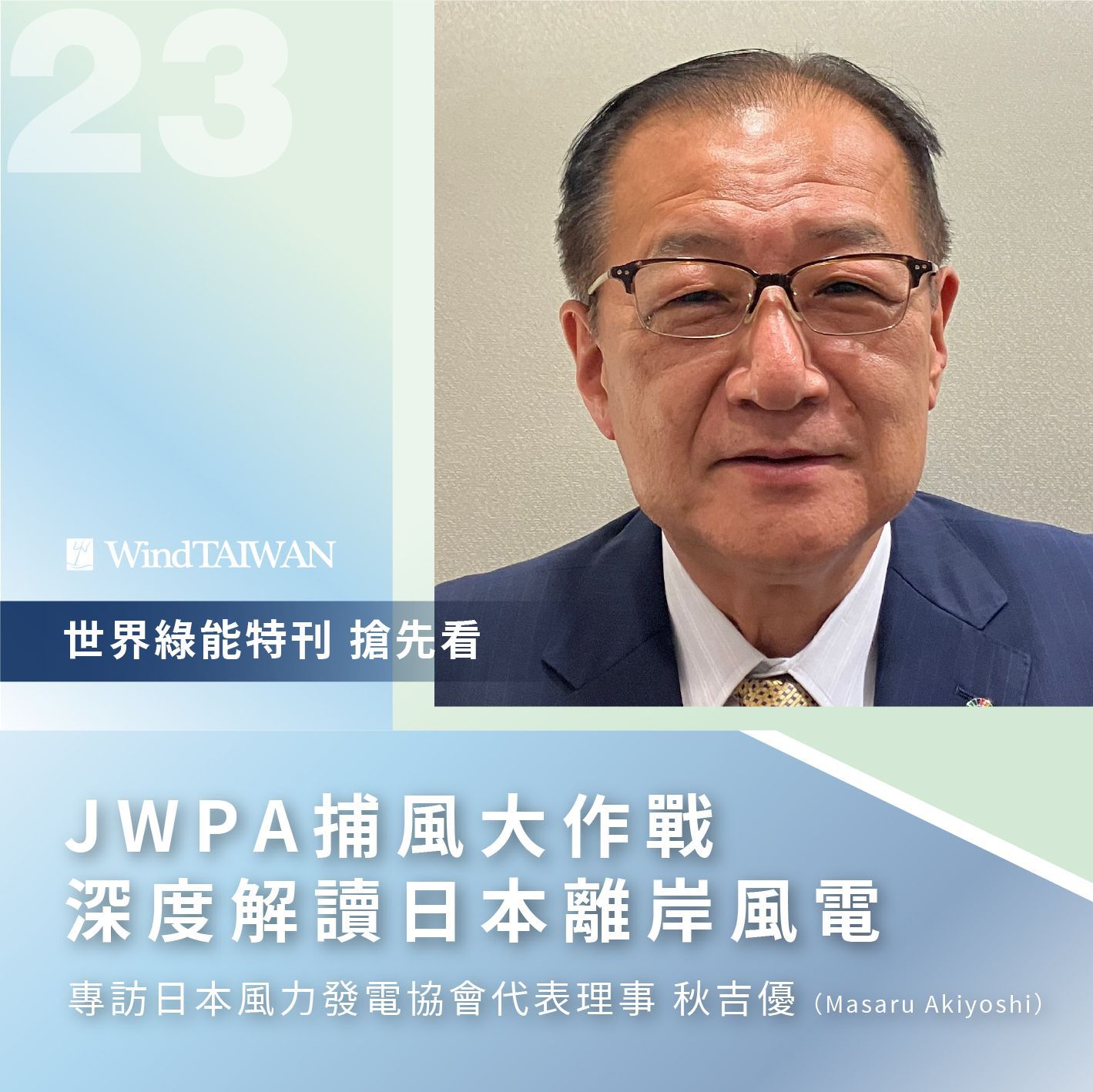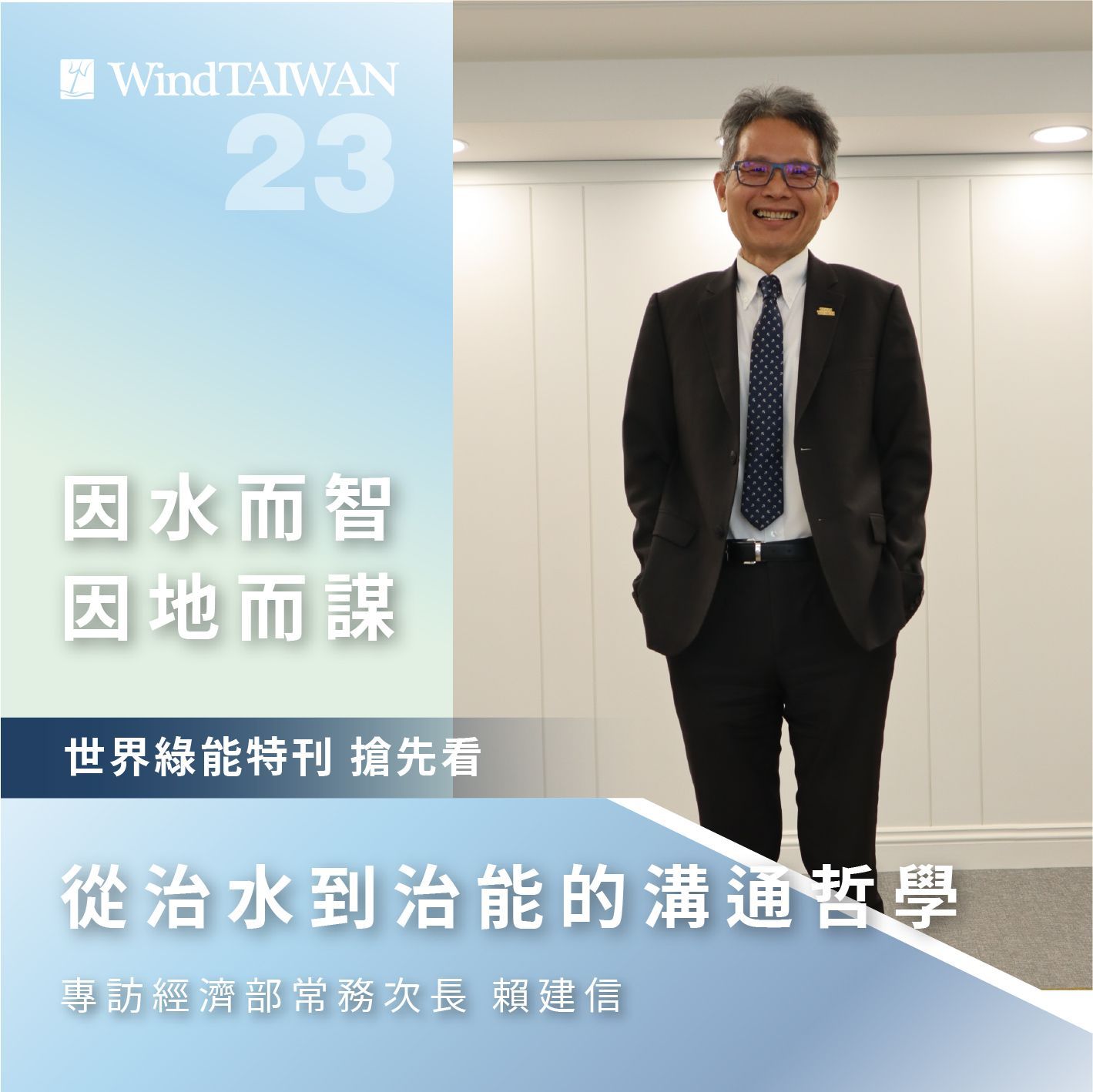Read more:
Between Green Ambition and Harsh Reality - What Australia’s Energy Transition Reveals for Taiwan
2025/10/08

Interview with Christopher Lim (Lin Ming-Hao), Deputy Representative of the Australian Office Taipei
At precisely 11:30 AM on October 1, 2024, Australia's power grid marked a historic milestone: renewable energy accounted for 73.87% of the nation’s electricity generation. This was not a test case or a government-orchestrated demonstration, but a real-time achievement within a national grid serving 25 million people.
Australia, once an economic powerhouse driven by fossil fuel exports, has achieved over 70% renewable energy penetration in just a few years—and aims to push that figure to 82% by 2030. According to Christopher Lim, Deputy Representative of the Australian Office in Taipei, this is not merely an energy policy shift, but “the most significant economic transformation since the Industrial Revolution.”
For Taiwan, this energy revolution is anything but distant. The island lies just 7,000 kilometers away and plays a major role as one of Australia's key energy importers. As Taiwan faces its own uphill battle toward decarbonization and energy independence, Australia’s experience provides both cautionary lessons and strategic insight.
To meet the 82% renewable energy target, Australia must add an unprecedented 6 GW of utility-scale generation annually. Yet, only 2 GW was added in 2024. Recognizing the limitations of traditional subsidy-based models, the government has launched a massive investment plan under the Future Made in Australia (FMIA) initiative, committing AUD 22.7 billion (approximately TWD 450 billion) to strategic sectors such as hydrogen, green metals, clean energy, and critical minerals.
Lim candidly outlines the dilemma: expanding renewables while keeping electricity prices affordable, rebuilding the grid while avoiding excessive public burden. Without a clear direction and effective risk-sharing mechanisms, he warns, investment will not accelerate.
Intergovernmental cooperation has also played a key role. South Australia aims for 100% renewables by 2027; Tasmania has set an ambitious 150% target by 2030 (accounting for surplus exports); Victoria is pushing toward 65% within the same timeframe. These regional efforts are underpinned by concrete projects and demonstrated grid integration capabilities.
Yet, the challenges are stark. According to the Clean Energy Council, even with all currently operating and committed projects, Australia will only reach 46.2% renewable electricity by 2026. The remaining 35.8% will depend on aggressive investment and rapid construction in the coming years.
"This energy transition is not a straight path," Lim emphasizes. "It will waver. But what matters most is never losing sight of where you're trying to go."
An 82% renewable energy share is more than a number—it is a fundamental restructuring of the nation’s energy system. It reflects not only technical ambition, but also fiscal innovation and the building of broad social consensus. For Taiwan, where the current renewable energy share sits at just 13%, Australia’s example offers a pragmatic roadmap—one that blends vision with flexibility, and ambition with grounded realism.
This content was published on WindTAIWAN and is shared in collaboration with ENERGYNIPPON.






